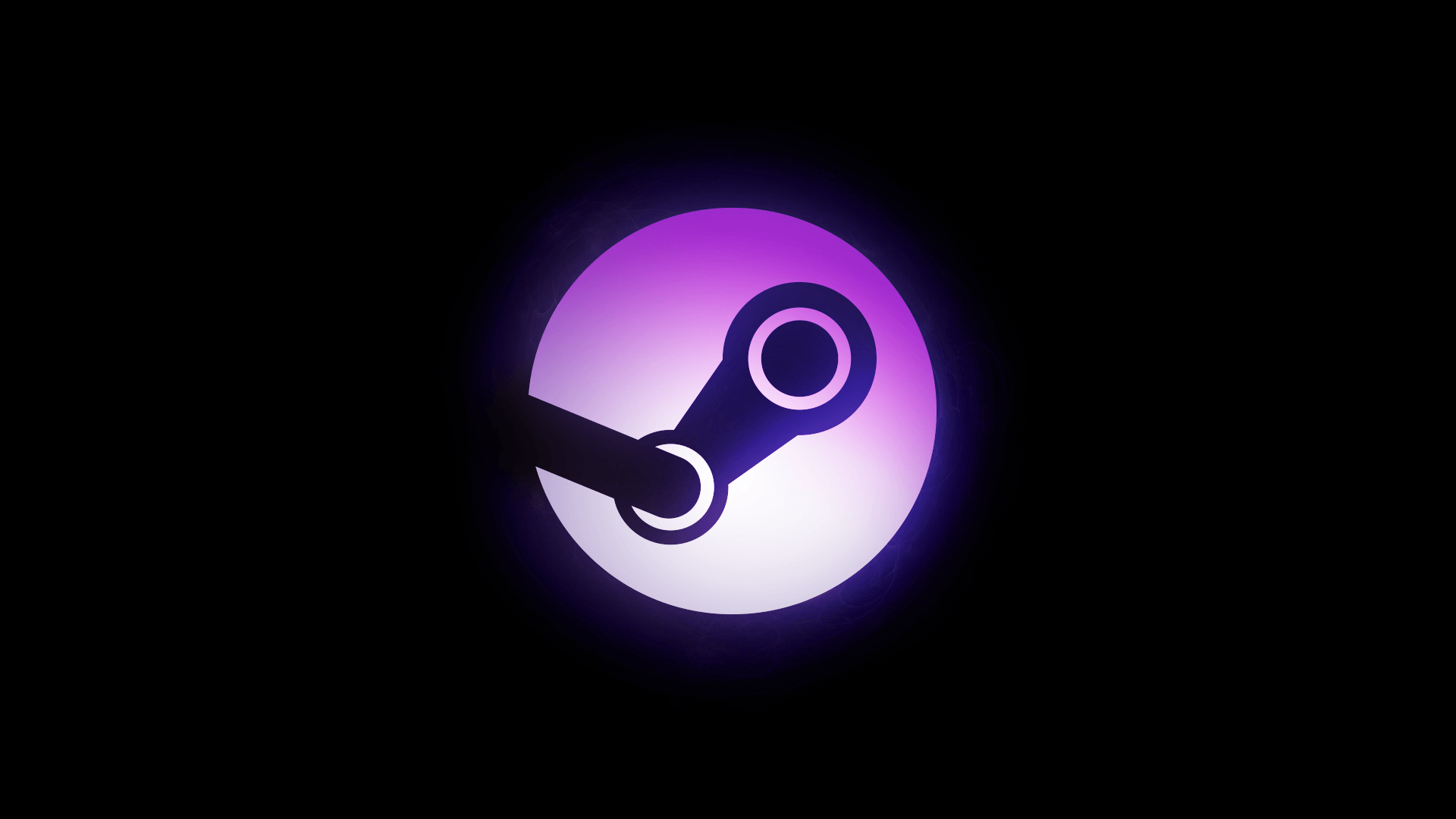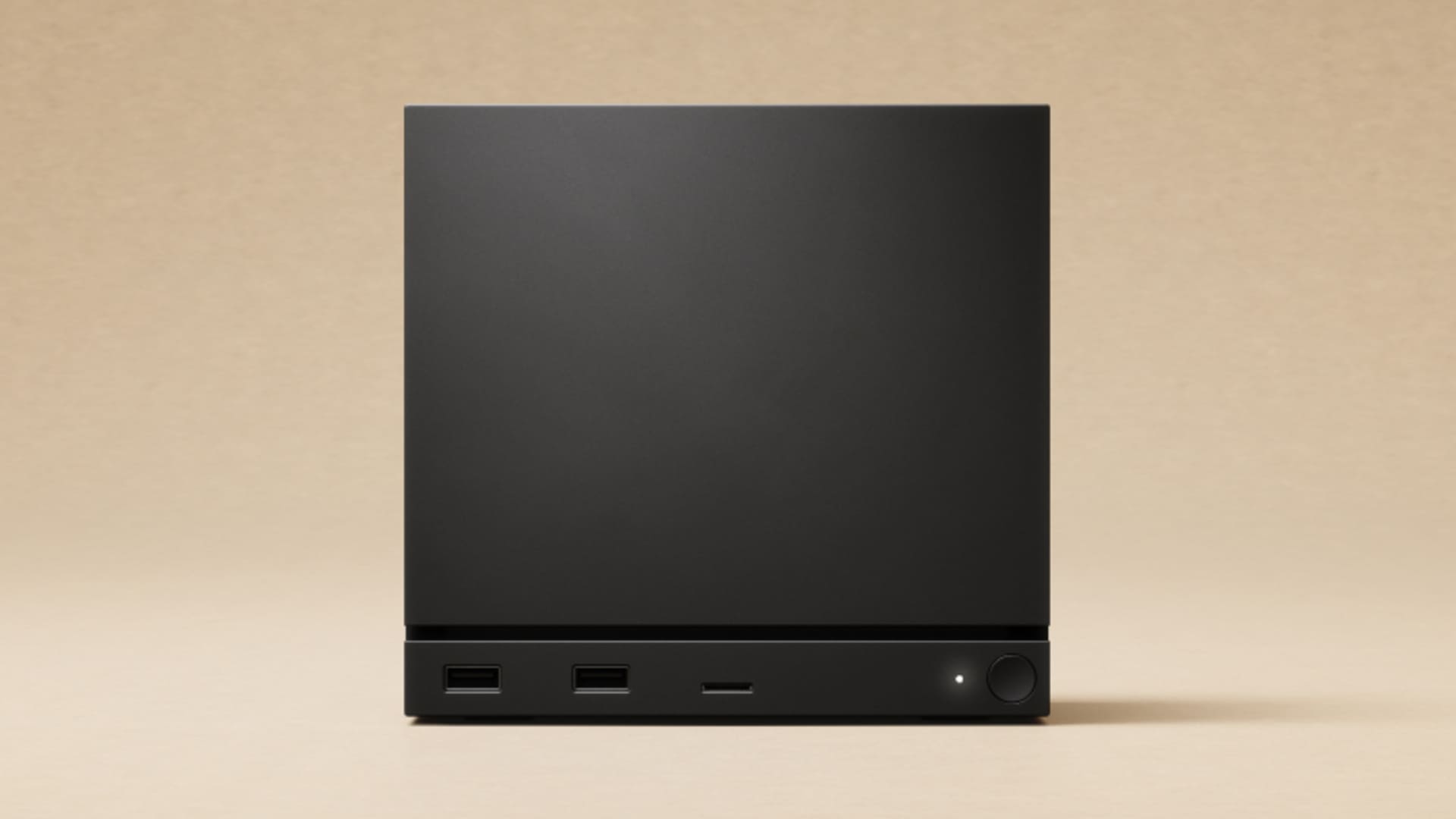The update of the Steam client adds a complete monitor with data of CPU, GPU, RAM and frame rate.
More stories in the category Steam
- Download now for free the seventh free game of the Epic Games Store for 24 hours
- Get 4 PC games for free and forever
- Get a new Steam expansion for free, saving you 35 euros for a limited time
| Don't miss anything and follow us on Google News! |
Valve has launched a new update for the Steam client on Windows that incorporates a highly anticipated feature for demanding users: a built-in performance monitor that allows you to view detailed, real-time data on how each game performs during your session.
This tool, previously only available in the client’s beta version, is now active in the stable version. It’s a customizable visual panel that displays information such as frame rates (FPS), CPU and GPU usage, component temperatures, and RAM usage by the game.
How Steam’s New Performance Overlay Works
One of the most interesting improvements is the clear distinction between real and generated frames, especially useful when using technologies like NVIDIA DLSS or AMD FSR. Steam now indicates whether the displayed FPS have been rendered by the game engine or are interpolated frames, crucial data for those seeking maximum control, especially in competitive games.
Valve clarifies that generated frames improve visual smoothness, particularly on high-refresh-rate screens, but do not reduce input latency, which may be relevant for more technical users. To activate the overlay, simply go to the Settings menu > In-Game > Performance Overlay Monitor, where you can customize all the panel’s parameters.
-
Open Steam on your PC (updated version).
-
Click on “Steam” in the top-left corner and select “Settings”.
-
In the side menu, enter the “In-Game” section.
-
Look for the option called “Performance Overlay Monitor”.
-
Activate it and select the level of detail you want to display (there are different levels, from basic to advanced).
-
Close the menu. The overlay will appear automatically when you start a game from Steam.
The company has already announced that this feature will be expanded in future updates, with more options and metrics. For now, this first version already allows you to have exact control over each game’s performance without the need for external tools.






